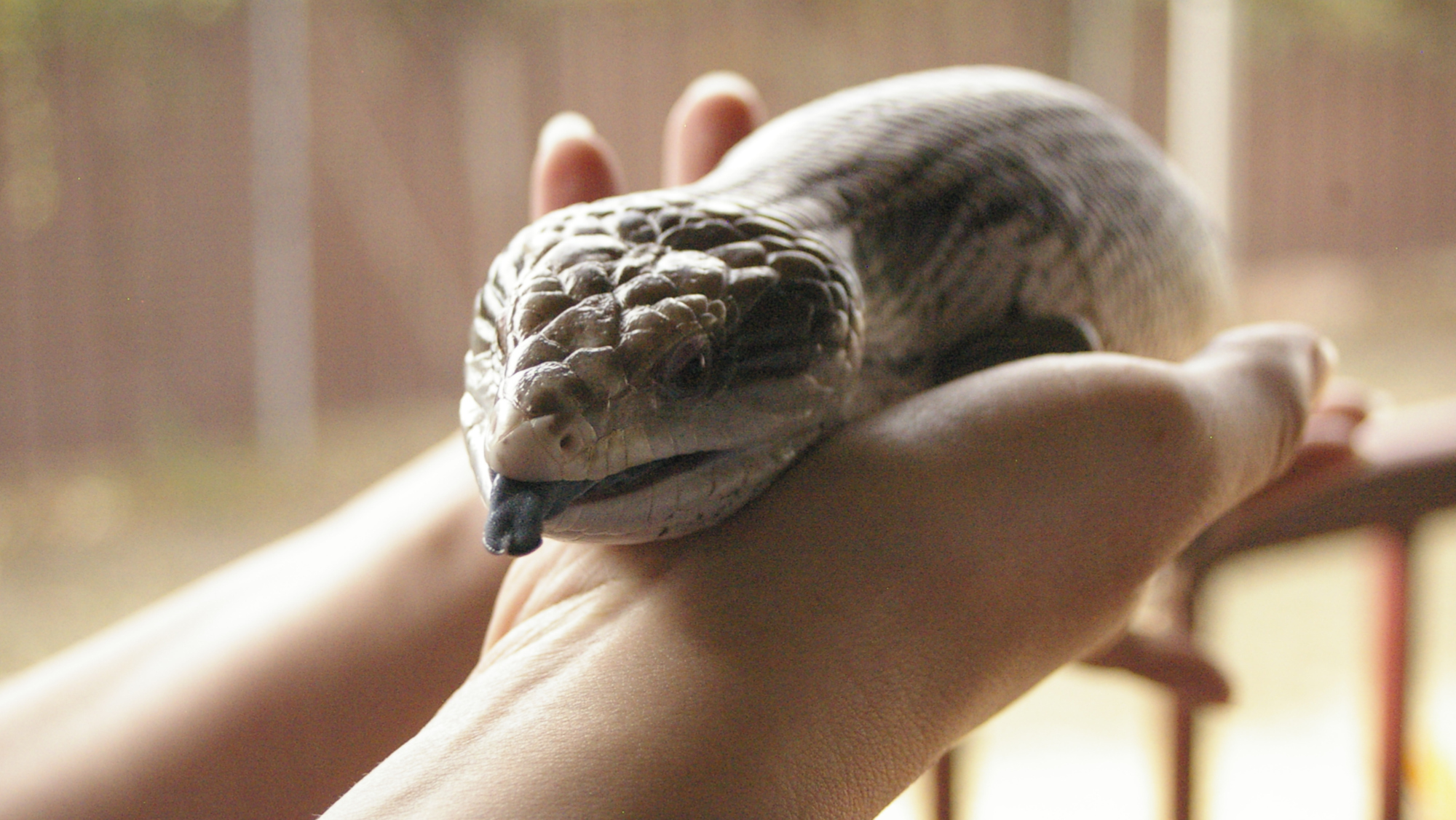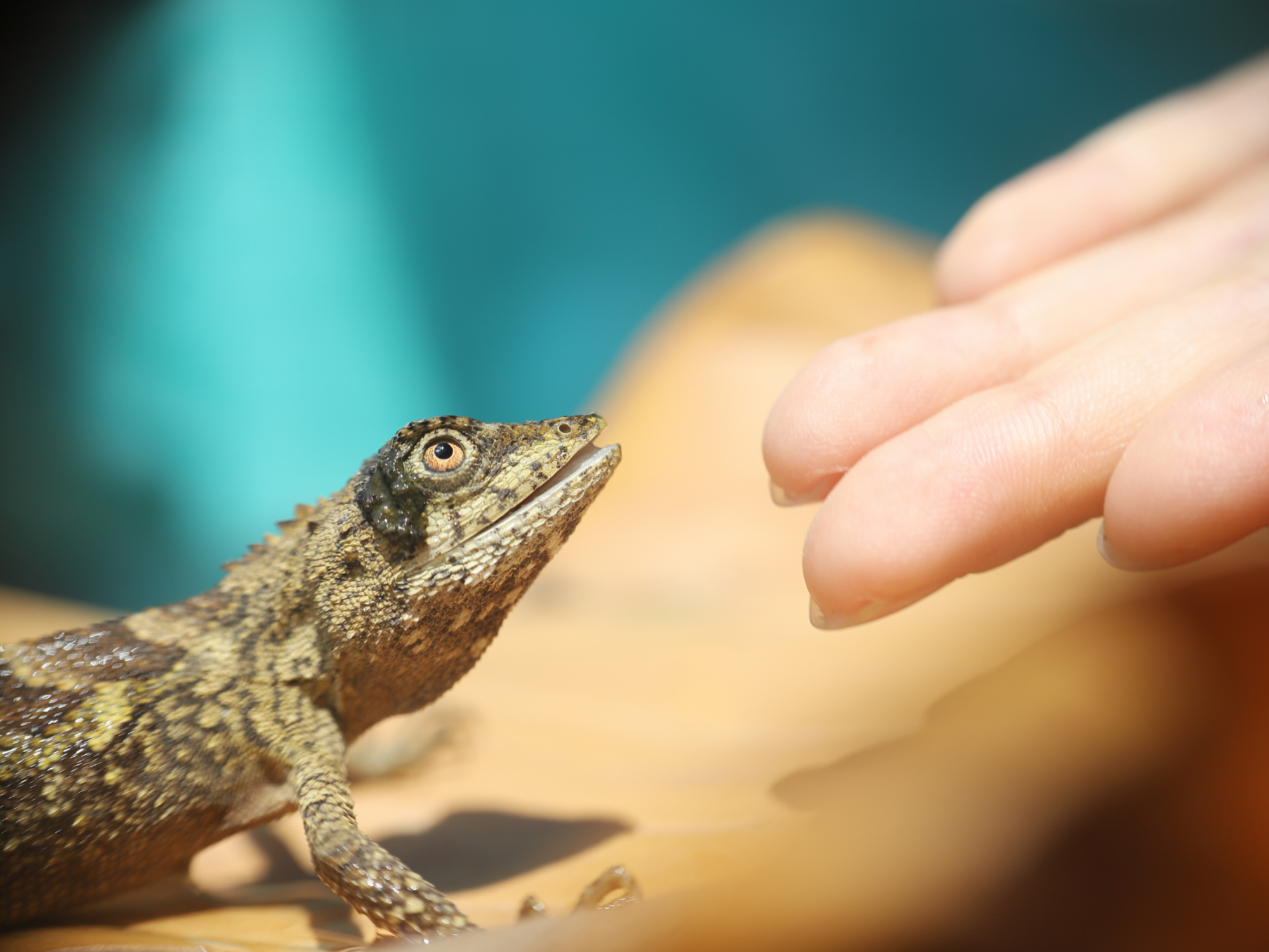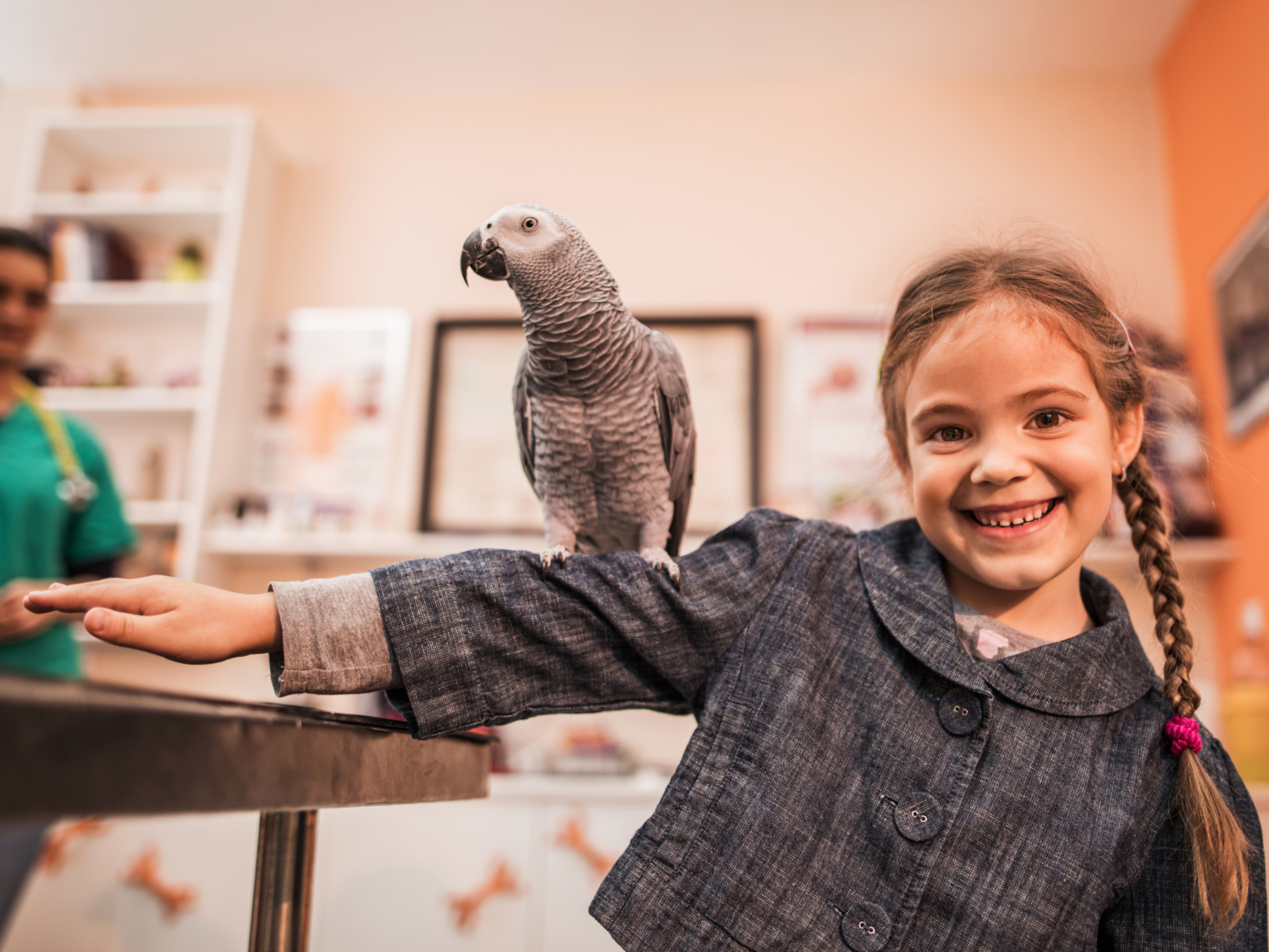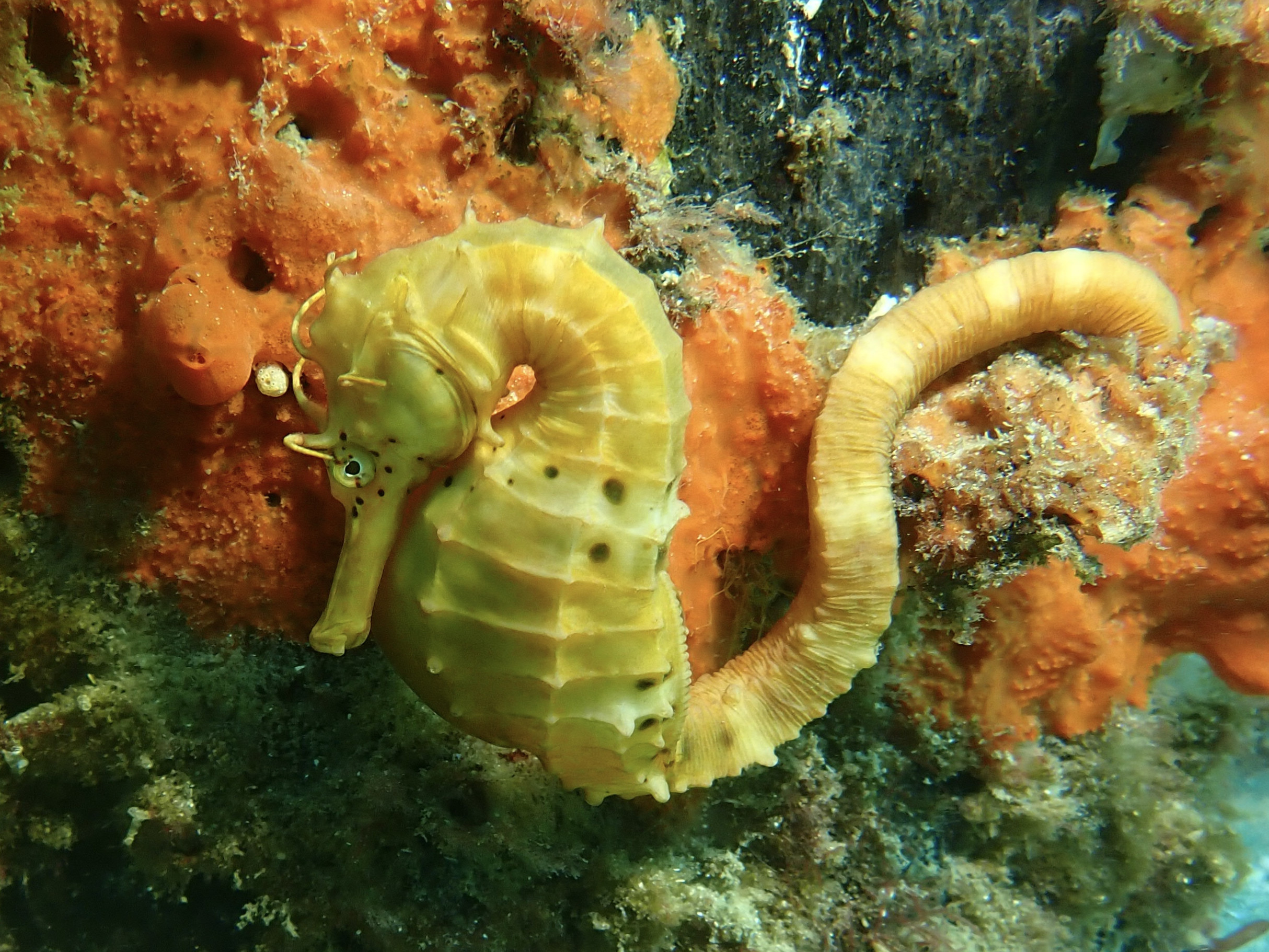
Surely Australia doesn’t really have any involvement in a trade of wildlife to the rest of the world for purposes of pet ownership, does it? Pet ownership couldn’t really be a significant driver of the biodiversity loss across the globe, could it?
This is my first blog for Nature Needs More having become a director nearly one year ago. I have had a long interest in the wildlife trade centred around rhino conservation and the issues associated with the trade of rhino horn. My interest and knowledge on the wider issues of the wildlife trade, both legal and illegal, grew from there and, as a veterinarian, a natural extension of this was to delve into the subject of the exotic pet trade and look at answers to the types of questions asked above.
Culturally, Australian pet ownership is centred around the staple of dogs and cats. In comparison to other parts of the world our interest in “pocket pets,” such as guinea pigs, rabbits and birds is proportionally low. In fact, ownership of rabbits as pets is even outlawed in Queensland. Ownership of native mammal species is prohibited and reptile ownership requires licensing in all states and territories with some of these states only relatively recently allowing this. With that said, a quick online search of internet markets shows no shortage of Australian bird and reptile species for sale as pets suggesting that there is an active trade there domestically that is quite likely poorly understood. On a whole though, my impression of the veterinary profession and Australians in general is that we are blissfully unaware of the scale of the international trade in exotic species for pets and remain blind to Australia’s contribution, both legally and illegally, to it.
With this traditional cat and dog duopoly of pet ownership in Australia, when I presented to the veterinary profession at the Australian Veterinary Association annual conference in Adelaide last year on the subject of Australia’s involvement in the worldwide exotic pet trade I think it took a few people by surprise and certainly raised some thought in those that had never considered the idea previously. My sense was, that as Australians the large majority of us, including the veterinary profession, have little understanding of the scale or significance of Australia’s involvement in the exotic pet trade and the issues this presents. Whether it is the risks of biodiversity loss, concerns around animal welfare and biosecurity that come with the trade and more.
Moreover, the topic of the exotic pet trade and the challenges it presents to better regulate and manage it mirror very nicely the wider issues of wildlife trade in general.
As the world collectively starts facing up to the facts of climate change and the challenges it presents humankind, at Nature Need More we continue to promote that not enough attention is being given to the parallel but distinct crisis of biodiversity loss. As a veterinarian, I hold many fears about this and am advocating that the profession has a more active input into this issue.
The threat that biodiversity loss presents must be recognised and addressed in an appropriate and timely manner. The status quo is no longer acceptable.
In the last year I have actively sought a greater understanding of the worldwide exotic pet trade and Australia’s participation in this. At Nature Needs More we often reference the landmark 2019 report from the IPBES (Intergovernmental Science-Policy Platform on Biodiversity and Ecosystem Services) which highlighted that up to 1 million species face extinction worldwide. It confirmed that direct exploitation for trade is the most important driver of decline and extinction risk for marine species and the second most important driver for terrestrial and freshwater species after habitat loss. This then is relevant to the pet trade internationally as well.

As a reminder, the scale of LEGAL wildlife trade is staggering. The legal trade in endangered and exotic species was estimated to be worth US$320bn pa as long ago as 2009 and if you include the illegal trade this may be as high as US$500bn. Similarly, a 2016 European Parliament Report stated, “The wildlife trade is one of the most lucrative trades in the world. The legal trade into the EU alone is worth €100bn annually.” This trade is undoubtedly highly profitable.
The exotic pet trade accounts for a small portion of this behind the trade for seafood, fashion, furniture, Traditional Asian Medicine and wildlife meat. It is however a growing industry and indeed, as with the other trades mentioned, a trade for purely luxury purposes. Sadly though, it seems that very few are aware of the world’s desire to purchase exotic species and the extinction threat, and other issues that this creates.
In Adelaide I challenged the Australian veterinary profession to sit up and take notice. I asked the audience a series of questions. Firstly, from a veterinary point, why should we care about the problems associated with the exotic pet trade? The answer I gave was because the general pet owning public doesn’t! This was confirmed in 2016 research undertaken by World Animal Protection and WildCRU, Oxford University’s wildlife conservation research team. In this study information about animal welfare and conservation concerns were shared with consumers in the market for an exotic pet, to see if this would make people think twice about their purchase. The results were surprising in that most respondents said that even if the animals were endangered or were going to suffer while being caught and transported, they’d buy them anyway. “The effects on the animals themselves weren’t persuasive in terms of changing attitudes,” said Neil D’Cruze, one of the researchers.
The second question I asked was, “why should we REALLY care.” To this I highlighted the issues of the extinction crisis we face and how the exotic pet market is a microcosm of the problems we face in turning this around.
The fact that many of Australia’s species are unique increases their appeal to the illegal exotic pet trade. So, it should come as no surprise that in 2022 Australia added 127 reptiles to CITES Appendix III as a first step to help monitor this legal trade, with a view to crack down on smuggling.
Sadly, wildlife smuggling in much of the world, including Australia is a low-risk crime as confirmed in a 2020 report by the Fintel Alliance – FINANCIAL CRIME GUIDE – STOPPING THE ILLEGAL TRAFFICKING OF AUSTRALIAN WILDLIFE which noted, “There is significant financial motivation for criminals to illegally export Australian wildlife for the overseas exotic pet trade.”.
In addition to the risks of extinction that the illegal trade poses it also comes with significant animal welfare issues when considering how they are captured and transported, and also genuine biosecurity concerns. Finally in the age of global pandemics the risks around disease transmission are also becoming patently obvious.
Over the next twelve to eighteen months, I will investigate the issues around the exotic pet trade from an Australian point of view. I will look at the worldwide trade in general, Australia’s contribution to the trade both legal and illegal, the conservation and veterinary issues that Australia’s involvement creates and Australia’s own domestic exotic pet market.
Throughout this process I will explore how Nature Needs More’s proposed solutions to combatting the problems presented by the LEGAL trade in wildlife could be relevant to this pet trade. It is our firm belief that until the LEGAL trade in wildlife/nature is better managed, funded and policed then the fight to combat the illegal trade will remain an unsolvable problem.
So how does Australia contribute to the international exotic pet trade? This is the question I will answer next time and like many, you may be surprised!




